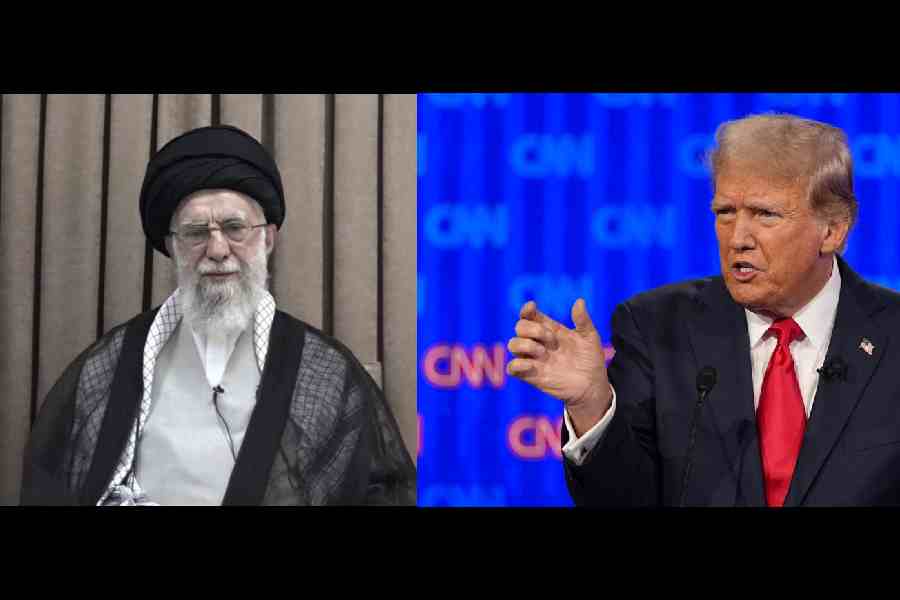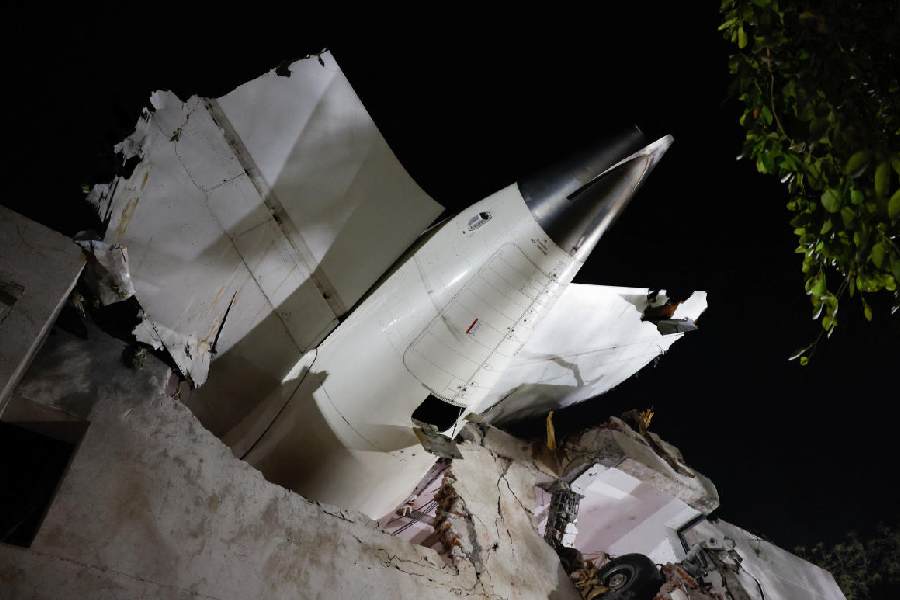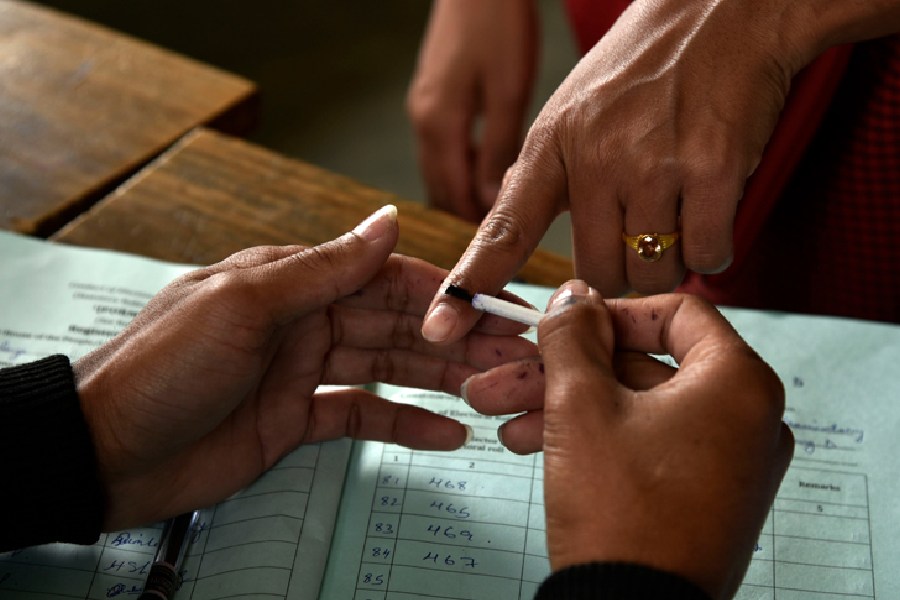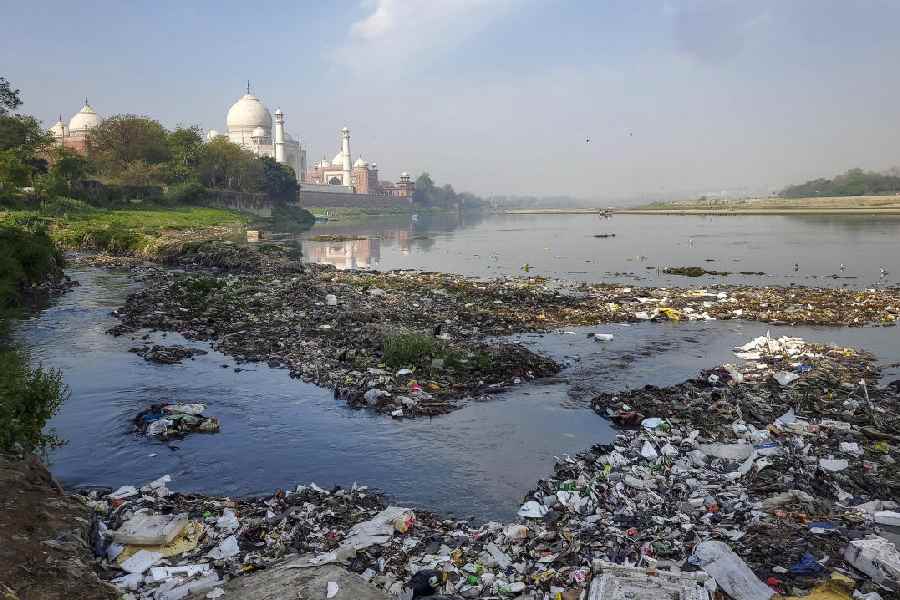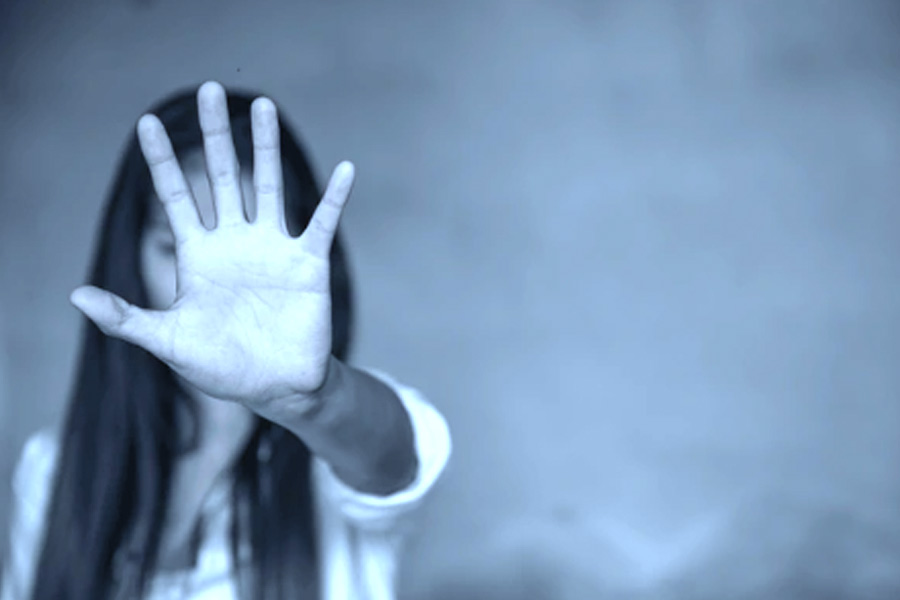 |
 |
| The statues of Cornwallis and Hastings at Victoria Memorial. Pictures by Sanjoy Chattopadhyaya |
Way back in 1980, Prof Nisith Ranjan Ray had set up the Society for Preservation, the first organisation to spread awareness about the architectural heritage of Calcutta.
Sobhon Som, former dean of the visual arts faculty of Rabindra Bharati University, delivered the Nisith Ranjan Ray memorial lecture on ?Calcutta?s cultural Olympus? on Friday evening.
Som?s lecture focussed on ?the paradigm shift? in the way the statues of the British rulers were conceived by British artists between 1803 and 1858, when Queen Victoria became the sovereign of the Indian subcontinent.
The Romans, when they colonised Britain, installed equestrian statues of Augustus and dignitaries to inspire awe among the indigenes and to drive home their divinely-ordained mission of civilising the Britons.
When the British held sway over India, they did what the Romans had done. Macaulay was thrilled at the idea of grooming a generation of Indians well versed in English, whose decultured mindframe would bolster the empire. This idea was hailed by Raja Rammohun Roy.
Later, Havel, in reaction to this mindset, wrote that they had succeeded in convincing the Indians that they had no culture to speak of, although in actuality, it was so rich and varied. However, even Swami Vivekananda felt that Indians were deficient in the field of visual arts.
Cornwallis?s marble statue was shipped from England in 1803, the year in which the seat of power, Government House, was established. Up to 1839, 39 statues ? 35 of which were portrait statues ? were shipped from England. Queen Victoria?s statue arrived in 1898. Funds for these statues were raised through public donations, to which Bengali gentoos contributed generously.
Cornwallis was portrayed as a Roman general who promoted the well-being of Indians. It was a triadic composition and the torso was in a praxetelean curve. It now occupies the eastern quadrangle of Victoria Memorial Hall.
By the time Warren Hastings? statue was brought, there was already a shift in the iconographic conception. He was portrayed as a Roman senator, a man of learning, with a pandit and a maulvi sitting at his feet.
Bentinck was the first one to be portrayed as a British general, a saviour personified at the head of a ?parental administration.? In 1841, for the first time, bronze was used to create a statue that looked like a solid column.
Hardinge?s equestrian statue was installed in 1858 at the spot where Netaji?s statue stands today. When India was brought under the crown, many Indians greeted it as the lesser of two evils ? the only alternative was the Company --- and even satirist Iswar Gupta, Rabindranath and Dinabandhu Mitra of Nildarpan fame sang the praises of the ?divine mother?, the empress.
Although modelled on Roman statuary, it looked very British. The martial side of the British was underplayed, for the rulers were gradually comprehending that the military stance may not go down well with many Indians.
In reply to a question, Som said after the 12th Century, Indians had stopped creating sculpture in the round. He mentioned the headless statue of Kanishka in this context. Temple deities were frontal ? dhrubamurti. Indians turned to sculpture once again during British rule. The results are for us to see.


